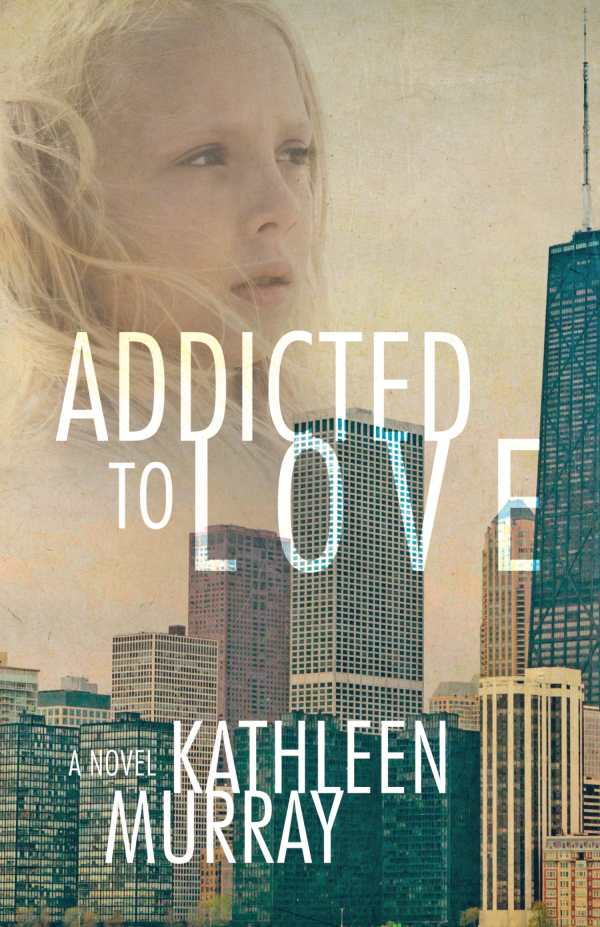Addicted To Love
This young adult novel brings notions of self-acceptance to the fore, against an exciting 1970s background.
A fragile young woman attempts to put the pieces of her life back together following several traumatic experiences in Addicted to Love, a young adult novel by Kathleen Murray. The 1970s are the pop cultural backdrop that enhances this story of a dysfunctional family and a first love that goes tragically awry.
Sally Smithfield is one of four siblings growing up in a strict Catholic home in the mid-1970s. She lives in a northern Chicago suburb, and secrets lie beneath the facade of her happy home. As the youngest child, Sally feels overlooked but does her best to play the role assigned to her.
The novel perfectly replicates its time period by invoking music, movies, books, events, and personalities from the era. Saturday Night Fever is a date movie, and there’s disagreement over the ERA (Equal Rights Amendment). Sally’s religious education at St. Catherine’s (or “St. Cats” as the students call it) is nicely detailed for those not familiar with Catholic traditions. The book contains some adult language and situations, including teen pregnancy and physical, emotional, and sexual abuse, although the last is mentioned only in a flashback sequence and is not overly descriptive.
Dialogue reflects the northern Plains dialect: “gonna” is used for “going to,” and “ya” is “you.” The inclination for using the word “like” as filler by the teen characters is abundant as well. Though these habits run the risk of being perceived as distracting, they ultimately serve to make the characters more authentic.
Most of the characters are well drawn, though some secondary characters are underexplored. Mrs. Looman, a “cool blond,” is described in exquisite detail, yet it’s hard to get a take on Mrs. Smithfield, a much more prominent character. Camille, Sally’s best friend since first grade and an important figure for about ten years of their shared lives, seems to disappear quite abruptly after the girls’ junior year of high school, and closure is missed.
Strong turns of phrase run throughout: a disciplining nun is referred to as “a robed warrior,” and of Steve, Sally’s boyfriend, the text says: “He smiled effortlessly as one who the world has embraced often does.”
The plot is very ambitious, and although all the events tie together eventually, some episodes might be considered extraneous, such as selling the family home. A couple of twists are thrown in at the very end and may unsettle an otherwise neat narrative. The discussion questions at the end may help bring the novel’s themes into clearer relief.
Young adults will lament alongside the long-suffering protagonist of Murray’s Addicted to Love as she ultimately learns to be happy with the person she has become.
Reviewed by
Robin Farrell Edmunds
Disclosure: This article is not an endorsement, but a review. The publisher of this book provided free copies of the book and paid a small fee to have their book reviewed by a professional reviewer. Foreword Reviews and Clarion Reviews make no guarantee that the publisher will receive a positive review. Foreword Magazine, Inc. is disclosing this in accordance with the Federal Trade Commission’s 16 CFR, Part 255.

